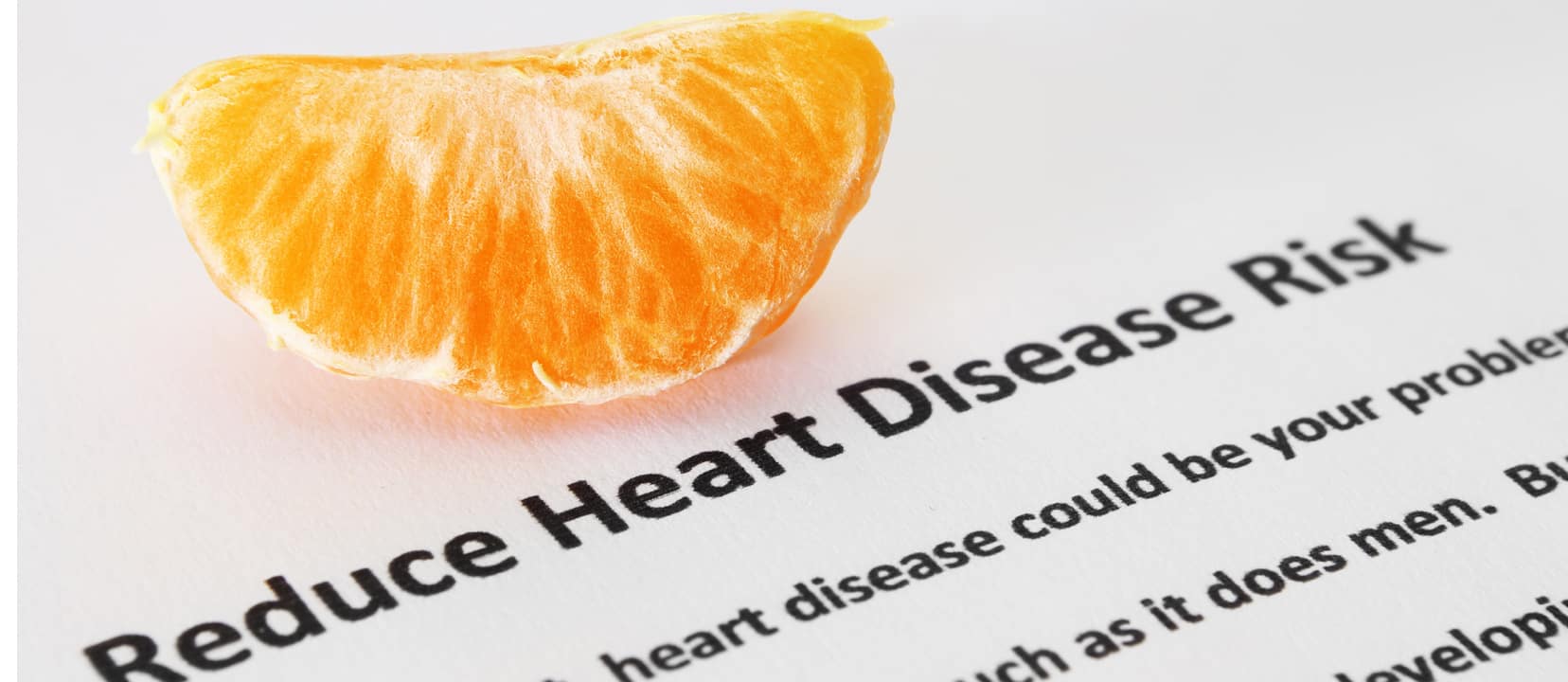Medical myths and dogmas die hard. Researchers creating a new body of knowledge for prevention and control of heart disease had to disprove a bunch of doozies. For example, we used to think that heart disease, high cholesterol, and high blood pressure were just inevitable consequences of aging. All these are now bygone notions, refuted by massive data. Other long-standing myths and dogmas about our number one killer epidemic persist, however. For example, many still think that major risk factors, like cholesterol, account for a minority of risk, and that many people have heart attacks with no risk factors at all.
There are rare genetic conditions that give people high cholesterol no matter what they eat, but such genetic defects occur in no more than 1 in 200 people. As you can see in my video, Eliminating 90% of Heart Disease Risk, this means that most people with atherosclerosis acquire it by what they put in their mouth.
One study showed that for men and women, old and young, and in all areas of the world, nine potentially modifiable factors like diet, exercise, and smoking, accounted for over 90 percent of the proportion of the risk of having a heart attack. This has also been confirmed in prospective studies such as the Harvard Health Professionals Follow-Up, which showed that making healthy lifestyle choices are associated with a 90 percent drop in risk in men followed over time. This is true for women as well, who had a 92 percent drop in risk.
The same goes for diabetes—91 percent of cases could be attributed to bad habits and behaviors. And the same healthy lifestyle, which includes not smoking, eating a healthy diet, exercising and maintaining an optimal body weight, may reduce the risk of multiple chronic diseases such as stroke. Up to 80 percent of strokes are avoidable with simple lifestyle changes.
How does this all compare to drugs? Why change our diet, lose weight, and start exercising if we can just pop some pills? Pharmacological therapies, including cholesterol lowering statin drugs and blood pressure pills, typically only reduce cardiovascular disease risk by 20 percent to 30 percent, not 90 percent like lifestyle changes. So, even on drugs, 70 to 80 percent of heart attacks still occur.
One of the great things about the Harvard Health Professionals Follow-Up is that they also looked at the effect of lifestyle changes on people already on medications. Even those on cholesterol and blood pressure lowering drugs may be able to get a further 78 percent drop in risk by eating and living healthfully. So, the choice isn’t diet or drugs. Cardiovascular medications “should be used as an adjunct to, not just a replacement for, healthy lifestyle practices.”
It takes time for new science to trickle down into mainstream medical practice. The practice of cardiology and medicine in general may correspond, on average, to what was being published 10 or 20 years before. So, it’s important to know if your doctor is still stuck practicing 20th century medicine.
Chronic disease, then—the leading cause of death and disability—may be a choice. See for example, Cavities and Coronaries: Our Choice. What do you choose?
Why reduce a preventable disease just 90%? How about 99.9%? See One in a Thousand: Ending the Heart Disease Epidemic
More from the field of lifestyle medicine:
- Lifestyle Medicine: Treating the Causes of Disease
- Convincing Doctors to Embrace Lifestyle Medicine
- Fully Consensual Heart Disease Treatment
- What Diet Should Physician’s Recommend?
- Barriers to Heart Disease Prevention
In health,
Michael Greger, M.D.
PS: If you haven’t yet, you can subscribe to my free videos here and watch my live year-in-review presentations Uprooting the Leading Causes of Death, More Than an Apple a Day, From Table to Able, and Food as Medicine.
